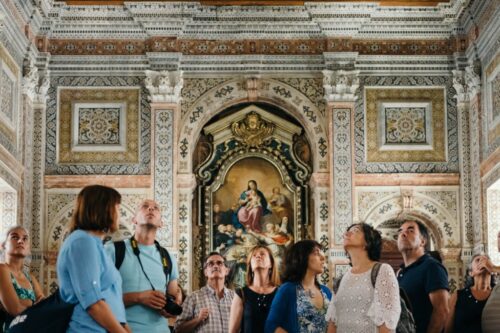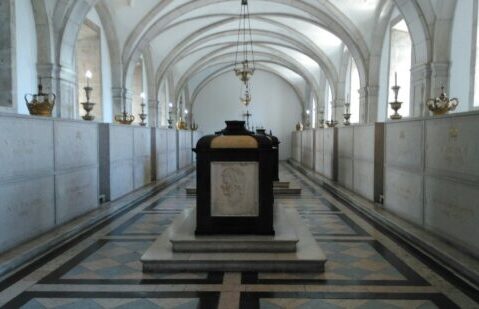Sao Vicente de Fora
Sao Vicente de Fora is a monastery and basilica very typical of Portuguese distinctiveness. That character never deviates much from the fads and architectural fashions of the rest of Europe but in the same time retains a unique form of expression On October 25, 1147, the Christians led by Alfonso I of Portugal entered the city of Lisbon after 4 months of siege. The first king of Portugal had pledged to build a monastery dedicated to São Vicente if the city was conquered and thus the first Mosteiro de Sao Vicente de Fora, the first Monastery of São Vicente de Fora was constructed right outside the city walls. Saint Vincent, was a highly worshipped Saint among the Mozarabs.

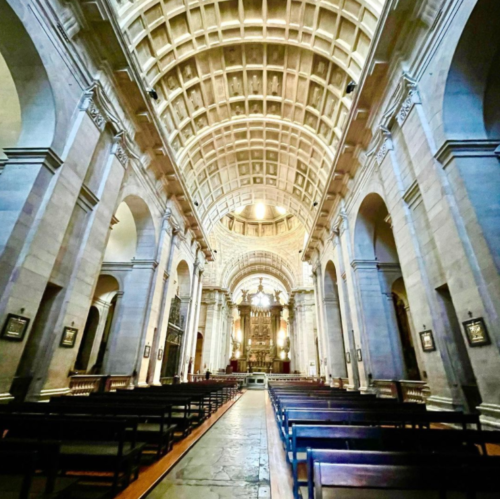
Later on, in 1580 the Philippine Dynasty began, a period where Portugal and Spain were united under the rule of the same king, whose great work was the reconstruction of this Monastery. This project had as main architects Filippo Terzi, Juan Herrera and Baltazar Álvares, being considered the first major Mannerist construction in Portugal.
However, it was during the sumptuous reigns of D. Pedro II and D. João V (seventeen and eighteen centuries) that the rich artistic decoration that can be seen today was added, namely the inlaid marbles, the glazed tile panels and paintings.
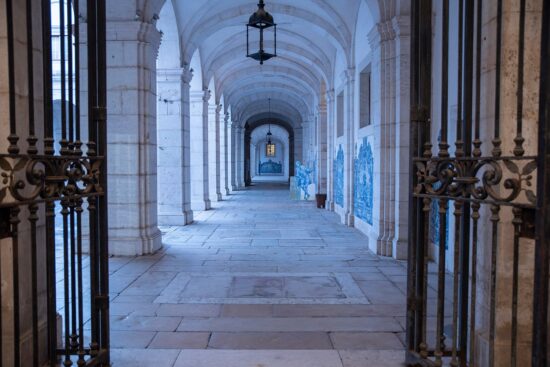
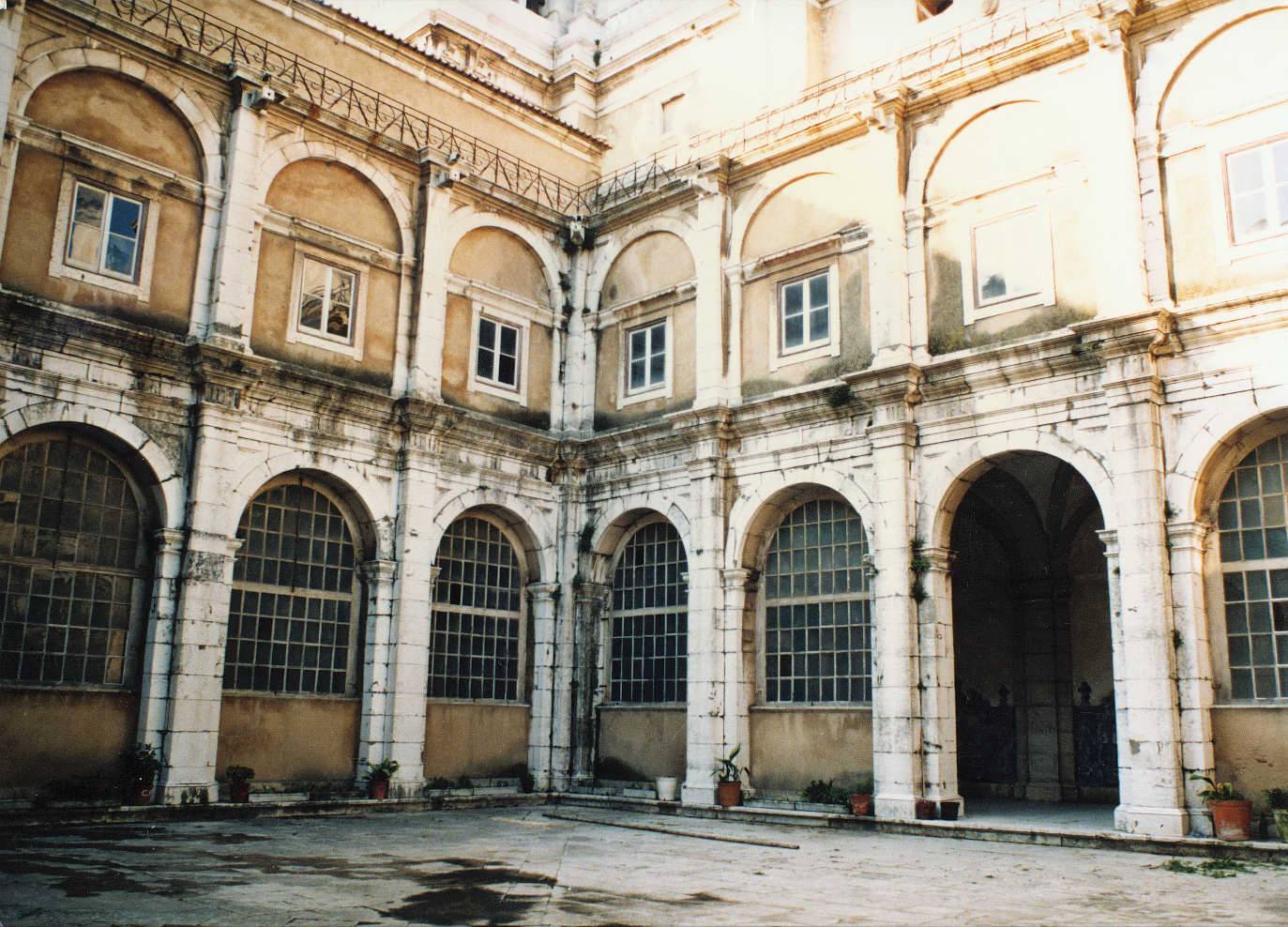
The Monastery was occupied by Canons Regular of the Order of Saint Augustine, from its foundation until 1834, when religious orders were extinguished in Portugal. During this period, it is highlighted the passage of Saint Anthony through the Monastery, where he lived his early days as a monk. In the 19th century the Monastery became property of the State and it was installed inside the “Liceu Gil Vicente” (a high school), among other State services. Currently, it houses the Curia of the Patriarchate.
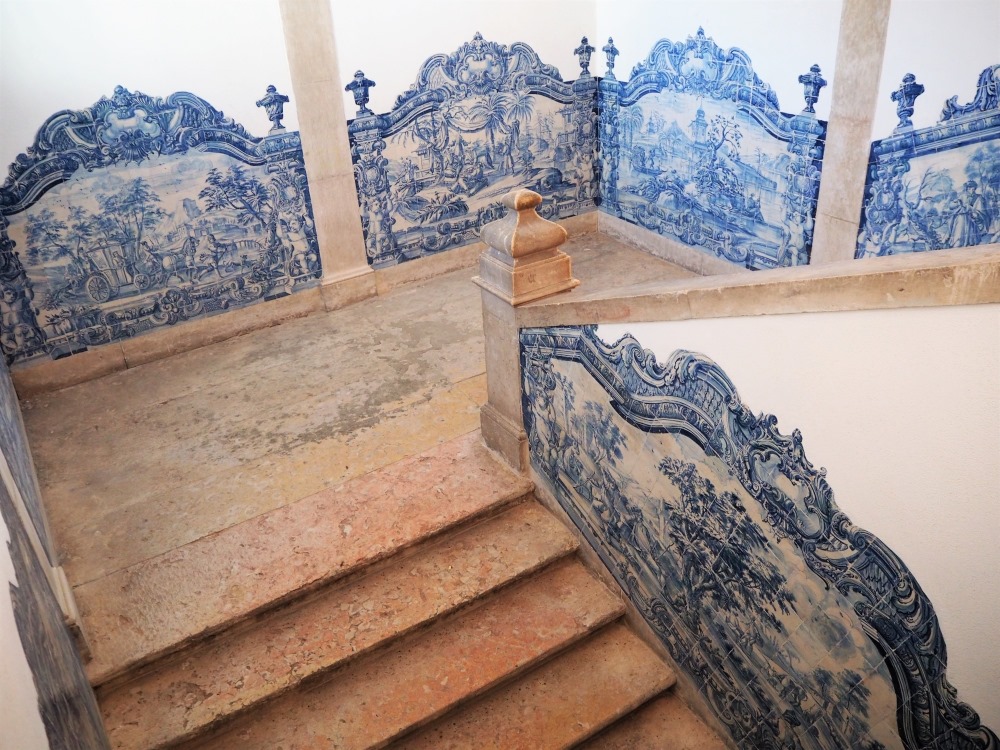
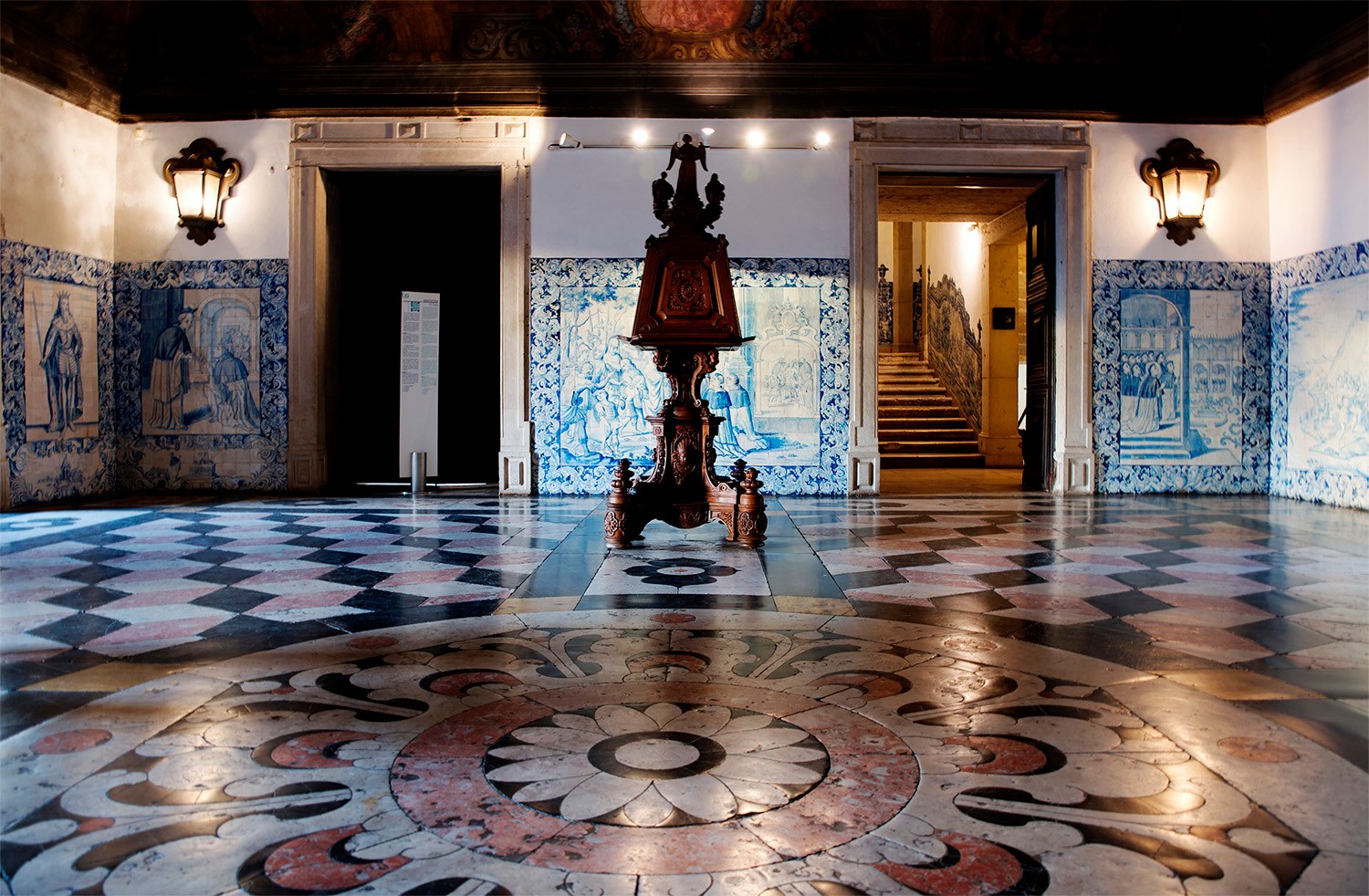
Today the whole structure is considered one of the shiniest examples of its kind in the world. Today the building houses the services of the Diocesan Curia. It is the place where the Cardinal Patriarch of Lisbon governs the Diocese and welcomes those who seek him. In addition to the Curia, administrative services, and the Patriarchal Tribunal, the Monastery also houses a museum space that seeks to record the most important moments in the history and legacy of the Patriarchate of Lisbon.
The main attractions of the monastery are the 12th-century Cistern, the elaborate marble Entrance Hall, the stunning 18th-century Sacristy, the Royal Pantheon of the Bragança dynasty, the Pantheon of the Patriarchs, and the Chapel of Santo António. The terrace of the monastery can offer amazing views of the whole city. More
